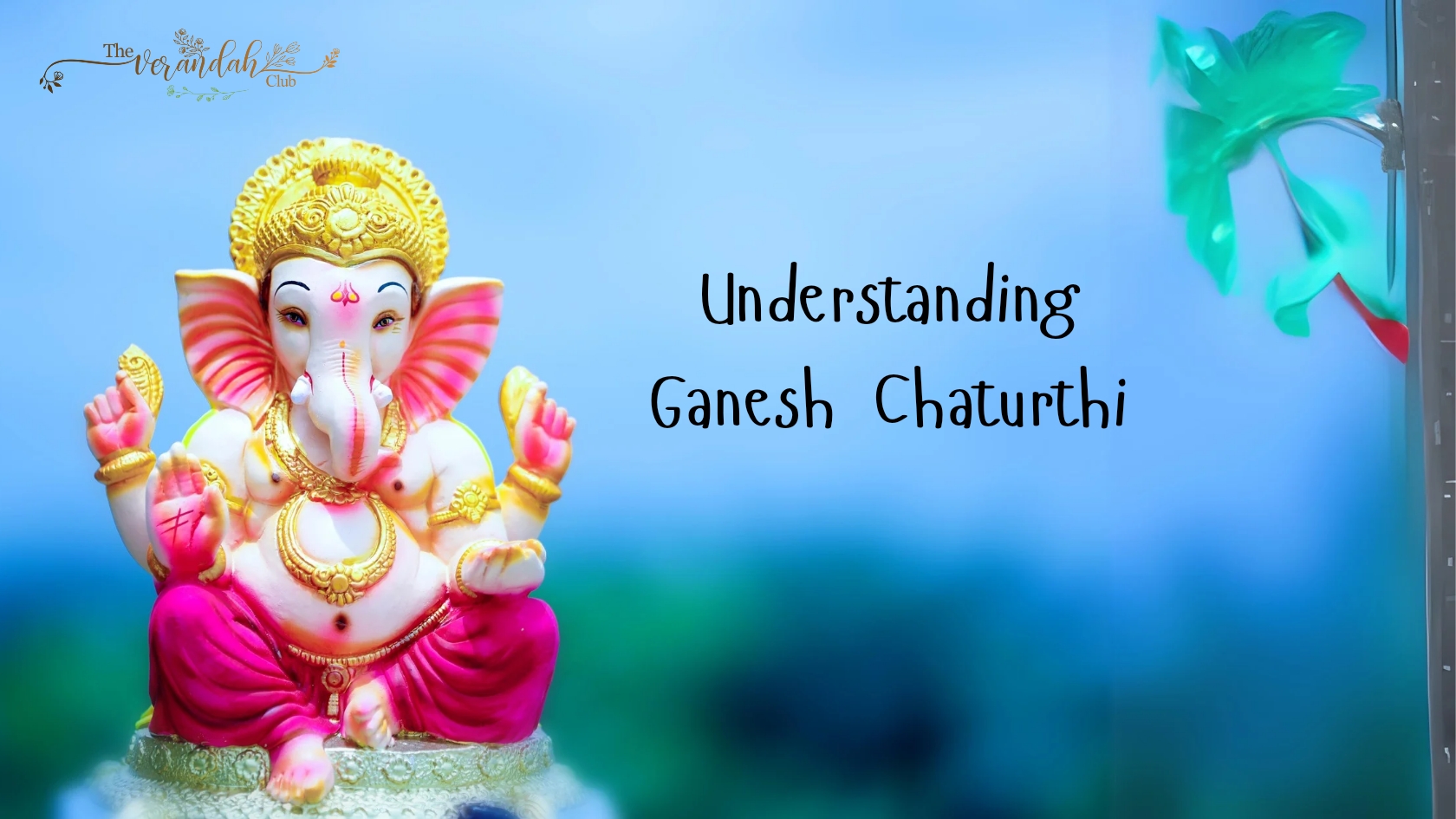
Ganesh Chaturthi, also known as Vinayaka Chaturthi, is a significant Hindu festival that honors Lord Ganesha, the deity revered as the remover of obstacles. Celebrated as his birthday, this festival holds deep spiritual significance, as Ganesha is believed to bring order and auspiciousness to the universe. For this reason, his image or statue is often placed in homes, businesses, and places of learning to invoke blessings before beginning any new venture or journey.
The modern public celebrations of Ganesh Chaturthi can be traced back to Pune, where they were revived in 1892 at Bhau Rangari Mandal. The following year, Lokmanya Tilak transformed the festival into a mass movement by organizing it at Kesari Wada, also in Pune. His efforts led to the establishment of several other public 'Mandals' in the city, marking the beginning of the festival's widespread popularity.
A description of the festival in Shaniwarwada in Pune, as documented by the Scottish Painter James Wales in 1792. (Reference: D.B. Parasnis, @MulaMutha)
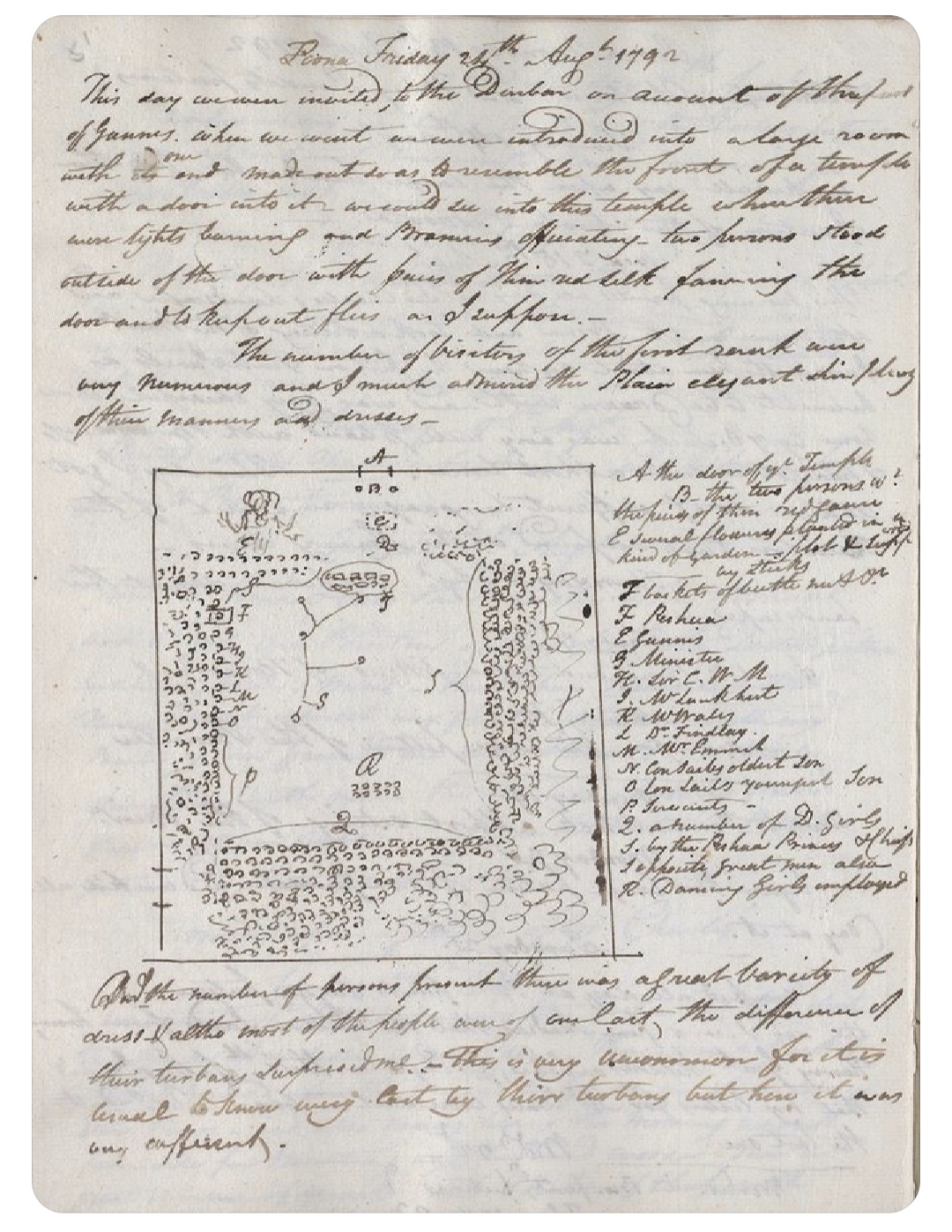
Ganesha, one of the most beloved deities in Hinduism, is easily recognizable by his elephant head. He is the son of Lord Shiva, the God of Transformation, and Goddess Parvati.
The festival of Ganesh Chaturthi spans 10 days, during which four main rituals—Prana Pratishta, Shodashopachara, Uttarpuja, and Ganpati Visarjan—are performed to honor him.
The celebrations begin with the installation of Ganesha idols, typically made from clay, in homes or on public stages known as pandals. These idols are adorned with flowers and lights, creating a festive atmosphere. The Prana Pratishta ritual, where priests chant mantras to invoke the presence of Ganesha into the idol, marks the start of the festival. This is followed by Shodashopachara, a 16-step ritualistic worship offering prayers and devotion to the deity.
Throughout the 10 days, prasad, or sanctified food, is distributed among the community. Devotees also meditate on the various aspects of Ganesha’s form, each of which represents deeper spiritual meanings. Fasting is also observed by many during this time as an act of devotion and purification.
The festival concludes with Uttarpuja, a ritual that bids farewell to Ganesha. After this, the idol is taken in a grand procession, accompanied by kirtan (devotional songs), to a nearby body of water. The immersion of the idol, known as Ganpati Visarjan, symbolizes Ganesha’s return to his celestial abode on Mount Kailash, where his parents, Shiva and Parvati, reside.
The exact origins of Ganesh Chaturthi are unclear, but it is believed to have become a major public celebration in the 1600s under the rule of King Shivaji Bhosale I. The festival gained renewed importance in the 19th century as a symbol of India’s struggle for independence, largely due to the efforts of freedom fighter Bal Gangadhar Tilak.
In 1892, the cities of Pune and Mumbai witnessed massive gatherings of devotees, despite the British colonial restrictions on large public meetings. The 10-day celebration became a powerful expression of both religious devotion and patriotic fervor.
Today, Ganesh Chaturthi continues to be celebrated with great enthusiasm, reflecting the enduring strength of faith and the communal spirit that the festival inspires.
 Dakshinamurthy is a scholar and researcher of Indic themes and a contributing writer of The Verandah Club
Dakshinamurthy is a scholar and researcher of Indic themes and a contributing writer of The Verandah Club
PREVIOUS ARTICLE
NEXT ARTICLE
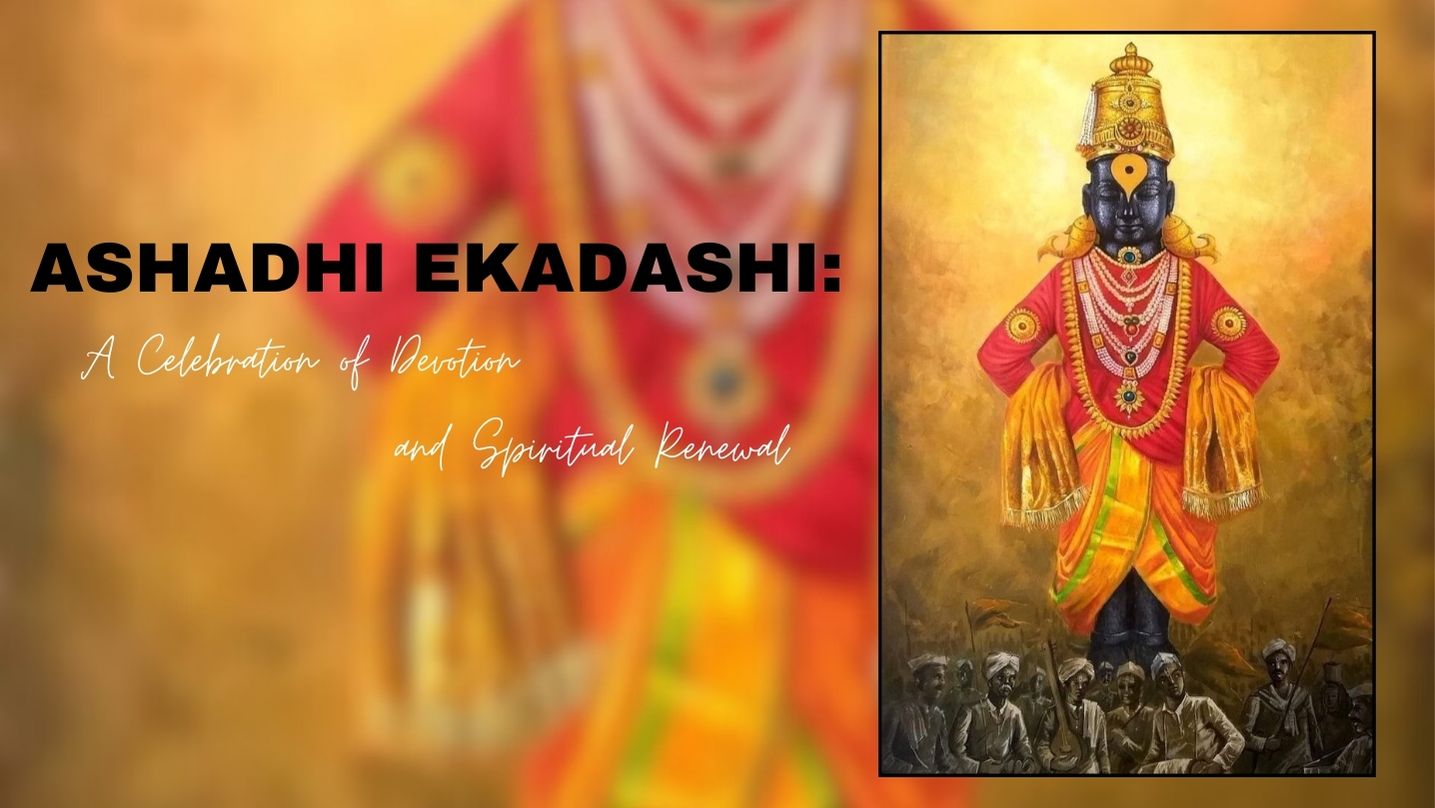
Ashadhi Ekadashi, also known as Shayani Ekadashi, falls on the 11th lunar day (Ekadashi) of the bright fortnight (Shukla Paksha) of the Hindu month of...
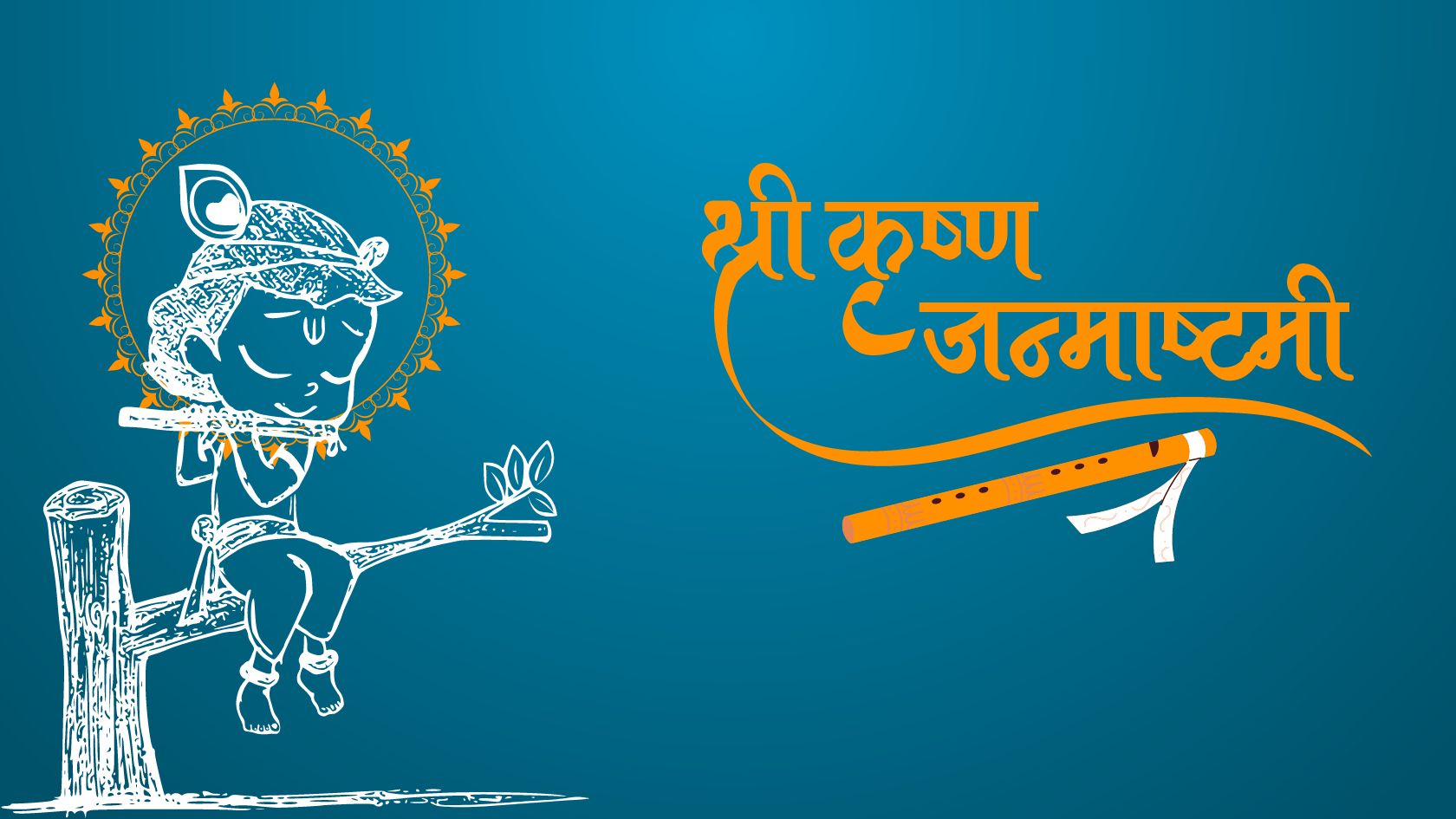
Every year, as the monsoon rains dance on the fields of India, an ancient story unfolds in the hearts of millions. It is the story of Krishna, the bel...
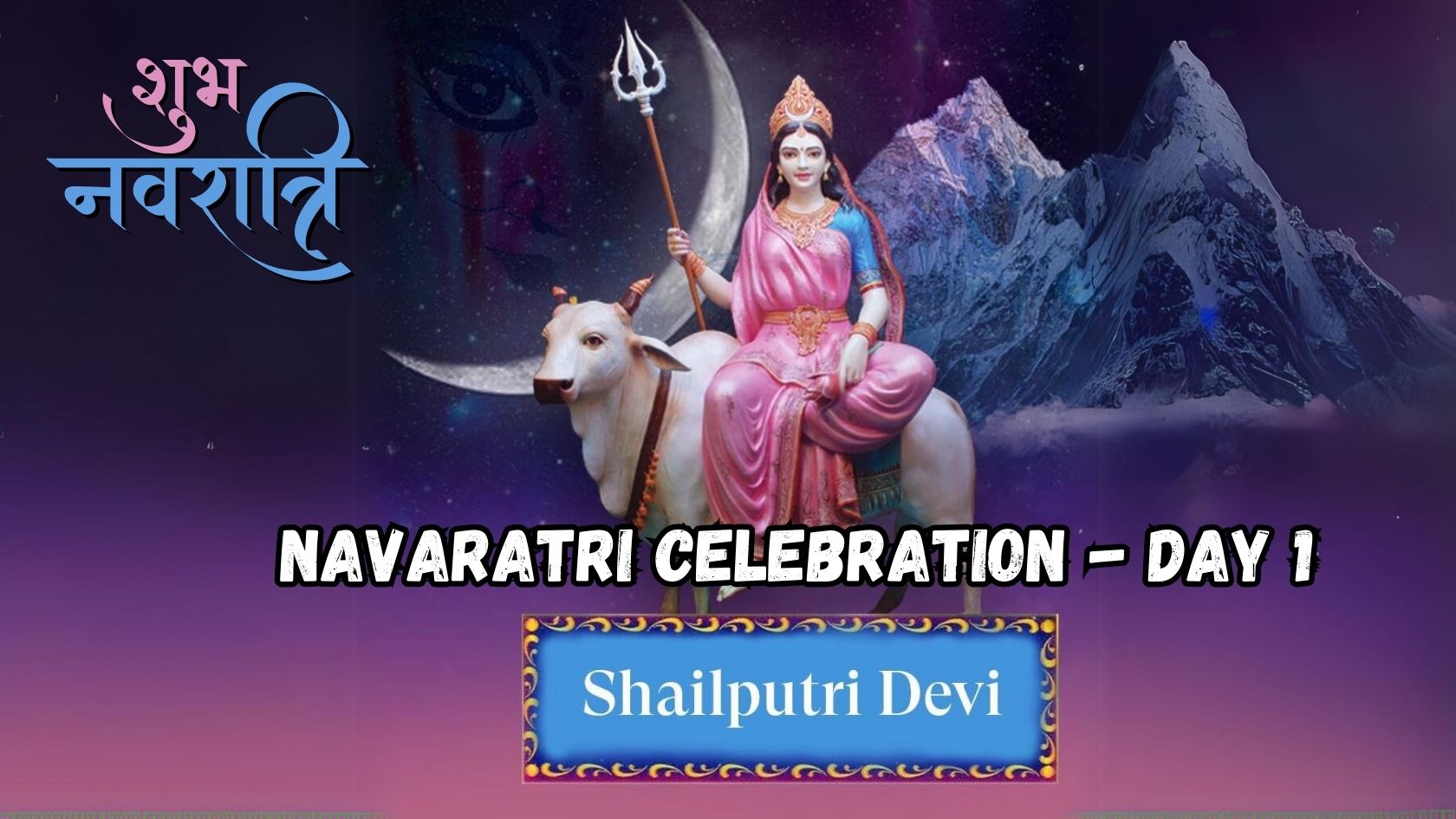
The Nine days of Navaratri are devoted to the worship of the feminine energy in different forms. The first day of Navaratri begins by worshipping the...